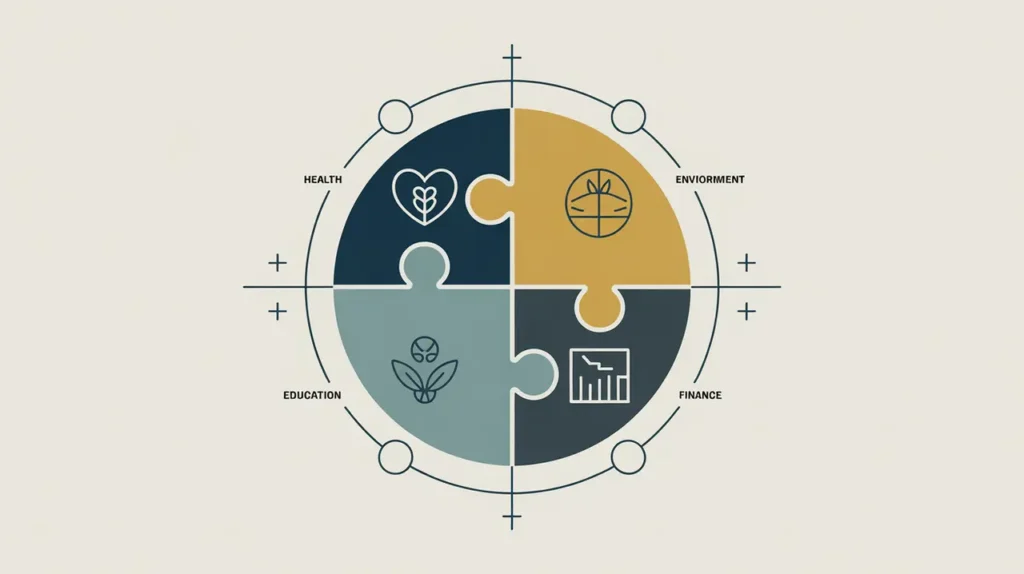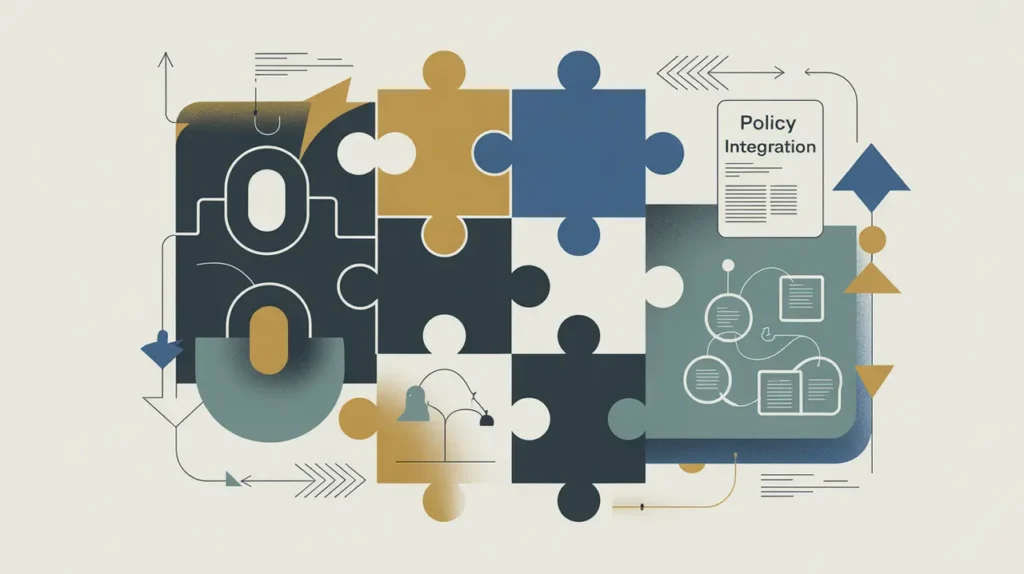Importance of Capacity Building
Capacity building is a foundational approach in international development and social innovation, as it strengthens the skills, systems, and structures of individuals and organizations to achieve lasting impact. It is critical because many proximate actors face resource or knowledge constraints that limit their ability to deliver services, scale initiatives, or comply with donor requirements. Effective capacity building ensures that investments in programs and institutions translate into sustained outcomes, resilience, and local ownership.
Definition and Features
Capacity building refers to the process of developing and enhancing the abilities of individuals, organizations, and communities to perform functions, solve problems, and set and achieve objectives. Its defining features include:
- Individual Skills: training and education to improve technical, managerial, or leadership competencies.
- Organizational Strengthening: building governance, financial management, and program delivery systems.
- Community Empowerment: enabling local groups to participate in decision-making and development processes.
- Sustainability: focusing on long-term resilience rather than short-term fixes.
How this Works in Practice
In practice, capacity building can take the form of workshops, technical assistance, mentoring, or institutional support. For example, a donor-funded program may strengthen a local NGO’s financial systems to meet international audit standards while also providing staff training in program design. Governments may partner with nonprofits to improve public service delivery through technical advisory and community engagement. Challenges arise when capacity-building initiatives are externally imposed, overly technical, or fail to align with local priorities, leading to dependency rather than empowerment.
Implications for Social Innovation
Capacity building has profound implications for social innovation because it determines whether solutions can move from pilot to scale. For proximate actors, it creates the conditions to exercise agency, manage resources effectively, and influence policy. Innovations in capacity building include peer learning networks, digital training platforms, and participatory design. These can ensure that the learning is inclusive and adaptive. Capacity building is a collaborative process that recognizes and amplifies existing strengths, enabling communities and organizations to lead their own development journeys.







